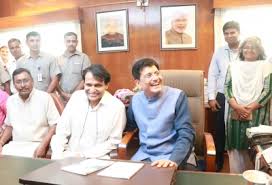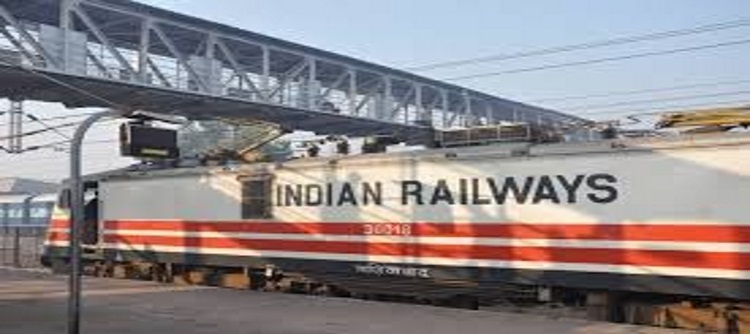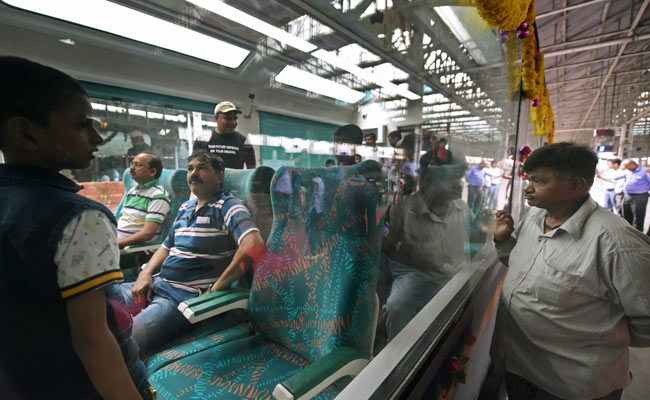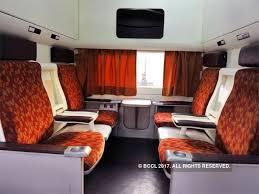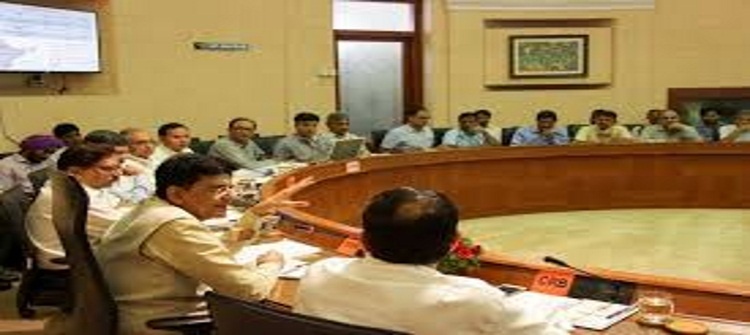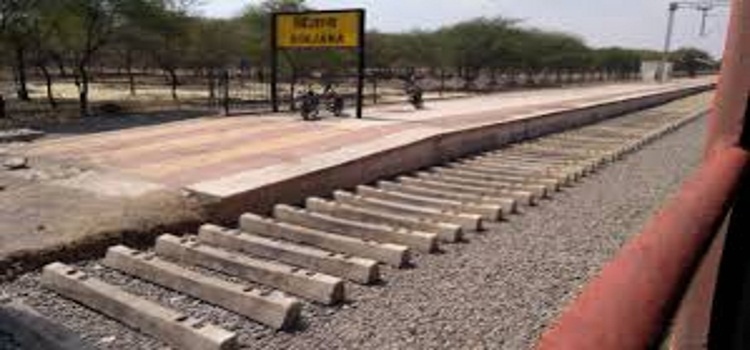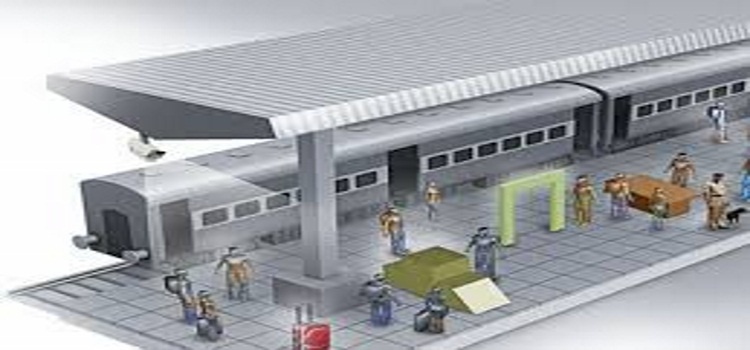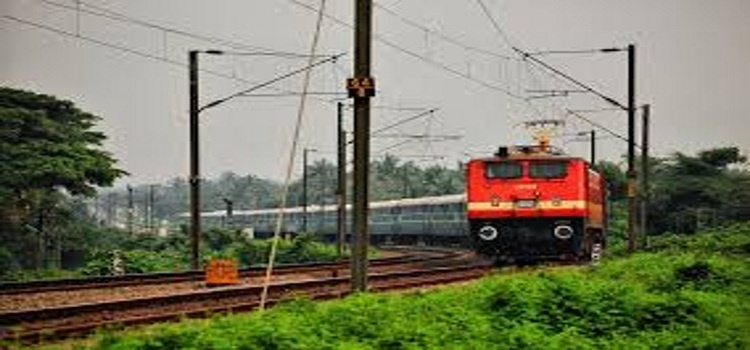
In the backdrop of back-to-back rail accidents, the current safety standards of Indian Railways have assumed centre-stage again in India’s development agenda. As on March 2016, Indian Railways data shows that 66 of 105 serious rail accidents happen due to mistakes or negligence by railway staff.
Keeping this in mind, Indian Railways has decided to collaborate with Australian firms to revamp railway safety in India. A part of Indian government’s ₹2.8 lakh crore plan for the rail sector (called Re-Build Railways), the tie-up will result in measures such as the development of high-tech driver training centres, adaptation of international safety models and procurement of sensor-based track detection machines from Australia.
In 2014, a $30 million tender floated by the Indian Railways for setting up driver training centres in 12 cities (Mumbai, Kolkata, Ahmedabad, Jodhpur, Jalandhar, Vijayawada, Siliguri, Jhansi, Itarsi, Kharagpur, Ghaziabad and Tatanagar) was bagged by the Sydac Australia.
Now nearing completion, the project has led to the development of 12 high-tech training centres with 3D rail simulators and 72 regular training centres with smaller simulators.
Dermot Dixon, the Managing Director of Sydac Australia, said the company has bid for the new tender with the aim of increasing the number of simulators in these centres. He also added that the firm is willing to provide training solutions to the Indian Railways for personnel involved in signalling and switching operations.
The importance of this project is underscored by the fact that India has around 86,000 train drivers who operate over 12,000 electric and diesel locomotives every single day to transport people and freight across the country. So the driving skills, alertness and ability to deal with hazardous events of drivers is critical to safety in train operations. This, along with route learning and fuel efficient driving, is the core areas of focus at the training centres.
In another tie-up with an Australian firm, Indian Railways is partnering with Track IQ to procure high-tech equipment that includes sensor-based systems that can detect cracks in rail tracks.
With the aim of reducing rail accidents by 50% in the next two years, Indian railways is also working to make its safety research institute operational at the earliest. Named SRESTHA (Special Railway Establishment for Strategic Technology & Holistic Advancement), it will focus on developing cutting-edge rail technology for both local and global use. Simultaneously, it will also help Indian Railways adapt international models to the national rail environment.
SRESTHA has already started working with Australia’s premier track and vehicle railway research centre, Monash University Institute of Railway Technology (IRT), to help Indian Railways’ ambitious plans come to fruition.
With the gradual introduction of these high-tech safety innovations (eg. integrated chip systems on trains that alert pedestrians of approaching trains), India’s national transporter looks all set to redefine the way the majority of Indians travel today.
Sydac is a world leader in driver training simulation solutions with 25 years experience and clients across the globe.
With over 150 employees dedicated to driver training simulation activities, including engineers, electricians and graphic artists, Sydac has developed a broad variety of simulation related products and services.
Starting from ‘top of the range’ full cab simulators with motion bases and complex CGI vision, using the very latest in computer visualisation technology, to simple training material that can be delivered on a laptop or tablet computer.
Sydac’s experience working in the simulation industry, equips staff with the knowledge to understand the unique training needs the industry requires.
Having significant experience in the development, deployment and support of driver training simulators, Sydac leverages maturity of design and re-use of field-proven software components, providing an excellent basis for the development of new products in this arena.
Each project completed by Sydac is a custom adaptation of a standard and proven solution to specific customer needs. Sydac invested early in a core technology environment that allows today to offer particular solutions at a reduced budget while taking advantage of many years of rail simulation developments for a large variety of customers and applications.

